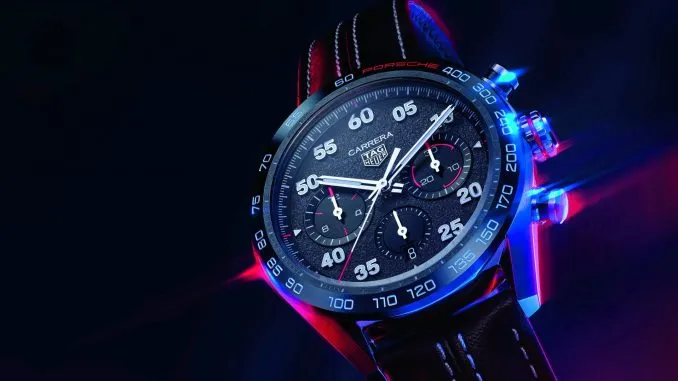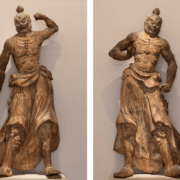As a person with diabetes, since your body lacks insulin, you already know how important it is to wear socks and preserve your feet. Maybe you have heard about compression garments and are interested in them. But, how do compression garments work? : you may be wondering. So, this article will explain what compression is and why wearing diabetic compression socks is suitable for people with diabetes.
The compression promotes better circulation, which benefits your general health. As your heart is pumping blood, it comes back to your heart, and the cycle starts all over again. After flowing against gravity through the body, blood returns to the heart via the legs and feet.
So, compression is the application of pressure to specific bodily locations to increase blood supply to the heart. Improper circulation is characterised by cold feet, peripheral arterial disease, and more serious circulatory disorders. So, you may ease and avoid these symptoms by increasing circulation through compression. Also, make certain that the compression you buy is medical quality so that you may reap the maximum benefits from it. Graduated compression socks start at the ankle and gradually reduce compression as they move up the leg. This increases blood supply to the heart, which will make you feel invigorated.
How Can Compression Help With Diabetes?
Some of the common symptoms in patients with type 2 diabetes may be noticeable to you. One of its indications is diabetic neuropathy, which causes pain and numbness in the extremities. This is because your nerves and blood vessels have been injured. As a result, your feet will be unable to sense heat, cold, pain, or blisters. As such, in diabetics, a cut or sore can quickly get infected, posing a severe health risk.
Compression socks may promote leg health in addition to protecting your feet. Diabetic compression socks have non-irritating seams to prevent blisters. Furthermore, by boosting circulation in the feet and legs, they help to speed up the healing process of wounds and sores. Furthermore, most diabetic socks are made with antimicrobial or moisture-wicking textiles that keep your feet fresh and germ-free. Socks with these added qualities are extremely useful to diabetics.
Another standard symptom of diabetes is inadequate blood flow. It is not that rare for people with type 2 diabetes to have compromised circulation, which can lead to disorders including venous insufficiency, Deep Vein Thrombosis, and others. So, if you have poor circulation, a cut or sore may take longer to heal. This might be a life-threatening situation for diabetics. Diabetes patients are also more likely to get DVT. When blood sugar levels are too high, dehydration might develop. Dehydration can cause deep vein thrombosis (DVT), which can be fatal. As such, compression socks may aid in the prevention of deep vein thrombosis (DVT) by opening the valves in your legs, allowing more blood flow. Compression also benefits the prevention of various venous disorders.
A shortage of blood flow causes swelling in the feet and legs of certain diabetics. Compression stockings, which improve blood flow, can help to minimise swelling and discomfort. Besides, wearing compression socks and stockings throughout the day helps keep your feet and legs feeling fresh and energised.
Which Compression Is Best for Diabetics?
Diabetics should be aware of how to wear diabetic compression socks. Before wearing compression socks, consult with your doctor. Compression garments, by definition, fit tightly, and the tighter they are, the more compression they provide.












Comments